READY TO GET STARTED?
REQUEST A FREE ESTIMATE
Fill out the form below or call (888) 466-7849 for a free, no-obligation estimate.
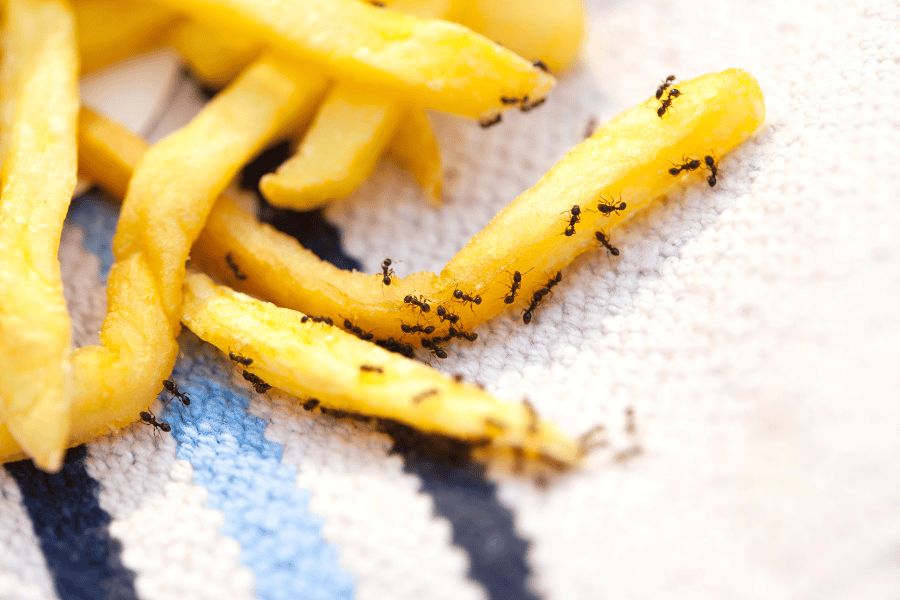
Miami’s warm, tropical climate is the perfect paradise for not only humans but pests too! It’s crucial for all Florida homeowners to be vigilant in controlling and preventing common household pests to avoid a full-blown infestation. Check out the common pests you should look out for and our tips on preventing them.
Preventing pests from entering your home is the first step in avoiding an infestation. Here are some effective pest prevention tips:
By implementing and staying informed on common pests in your area, you can keep your home pest-free. If you’ve noticed an influx of the pests mentioned above or would like to get ahead of prevention, it’s always best to call a Miami pest control company near you. These pest control professionals will provide you with a thorough inspection, identify the pest, and recommend the best treatment and prevention plan.
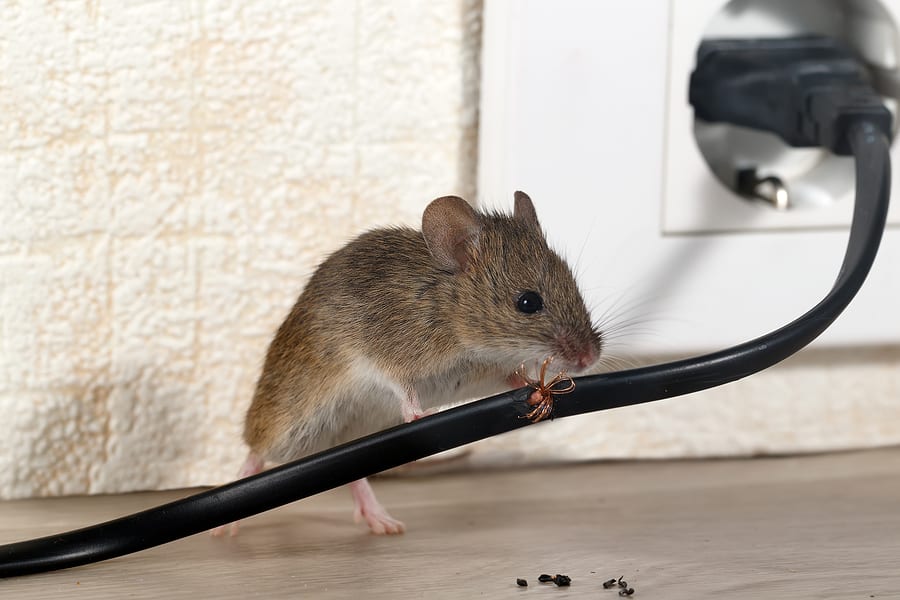
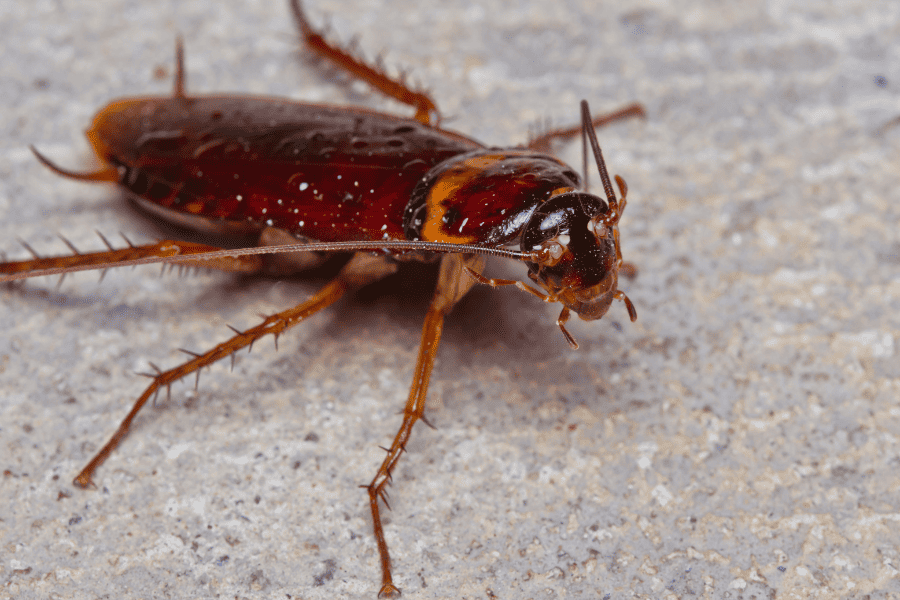
Cockroaches are common household pests seeking a warm environment to provide them with food and water. These pests can pose a serious health risk to humans as they transmit diseases and trigger allergies and asthma. Roaches will utilize any small hole, gap, or cervices to enter your home. They are also known to hitch a ride inside grocery bags, boxes, and used appliances.
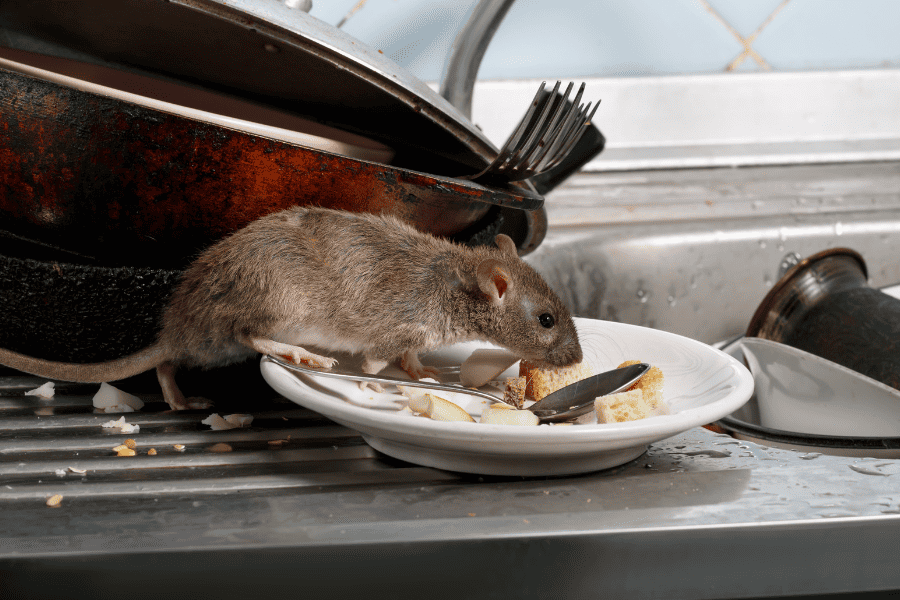
Rodents, including rats and mice, are year-round pests but they can become a major problem as the winter season approaches. Rodents will seek out warmth, food, shelter, and water inside our homes, squeezing through small holes and gaps to get inside. Mice and rats can cause damage to our homes and be a health risk to humans as they are known to chew through insulation, wiring, wood, and contaminate surfaces through their droppings.
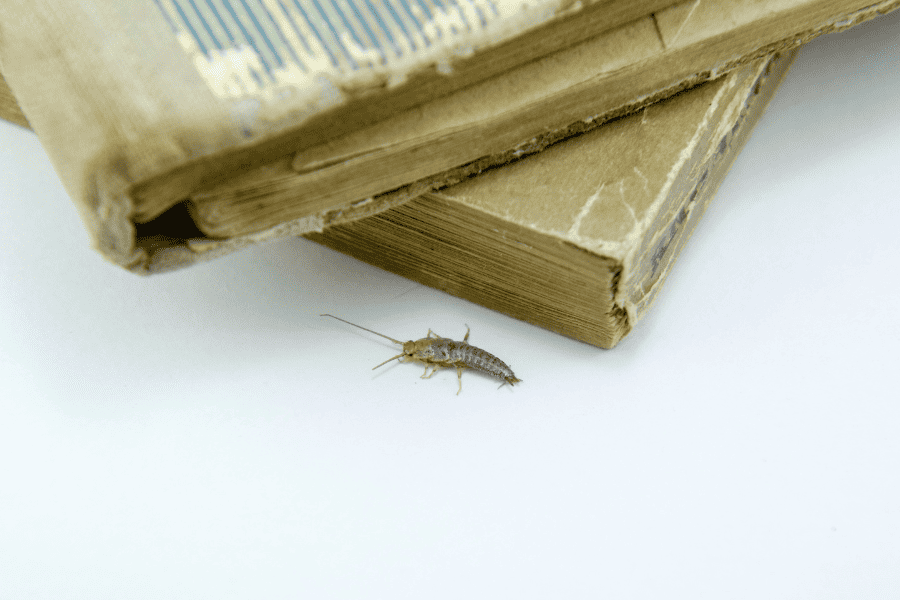
These pests will look to your basements and bathrooms to seek a damp, cold place to live in. While silverfish are harmless to humans, they can invade in numbers, and cause them to be a major nuisance to remove them. These pests will often gain access to your home by hitching a ride through the items you’ve taken out of storage in your garage or attic. Silverfish will also feed on your books, glue, wallpaper, and boxes.
It might seem impossible to deter wildlife creatures from your home during the winter but by placing certain preventative measures throughout your property, you can avoid their infestation! Check out these winter pest control tips when you want to keep these pests away:
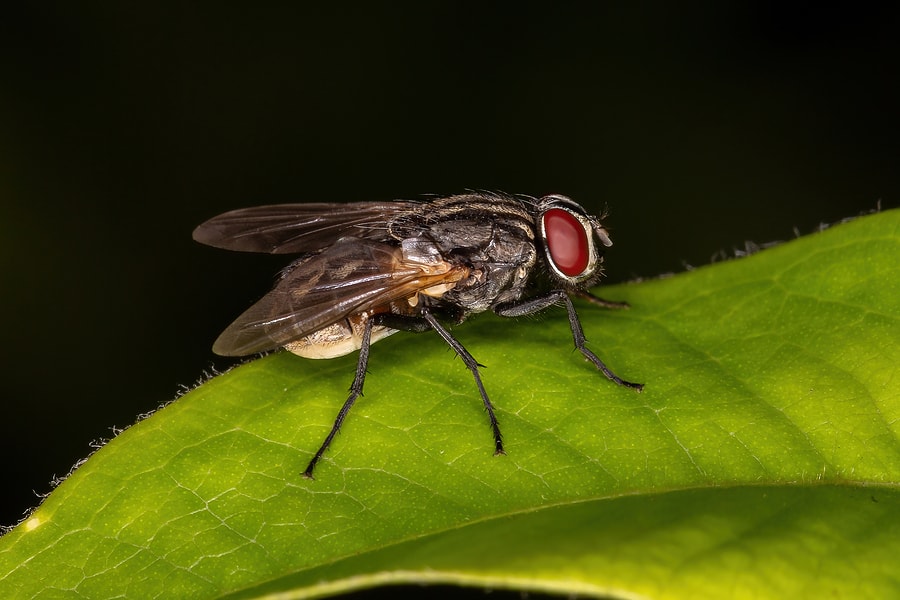
One thing we look forward to in the summer is warmer weather which lets us spend more time outdoors. Unfortunately for some, this also means summer pests come out full force to ruin your outdoor plans. Some of the most common summer pests are flies, ants, mosquitoes, roaches, gnats, ticks, rodents, and stinging insects like wasps and hornets.
There are five major reasons these pests become more prominent in the summer months. The first is temperature. The temperature outside can affect both the behavior and development of pests. Many of these creatures favor the warmer temps, increasing their activity. Other pests, however, will make their way into your home in an effort to escape the heat. Moisture also contributes to pests invading in the summer. Most pests need water to survive and will thrive in moist environments. The increased humidity and summer rain showers provide ideal conditions for pests to thrive during this season. During times of drought, they will make their way indoors in search of water.
Summer also means longer days and shorter nights. More daylight means more time for pests to stay active in their search for food. Food is another motivator for summer pest activity. Grass and other vegetation grows in abundance in the summer months, providing a literal feast for many pests. This also provides them with an ideal place to hide out. Finally, for many pests summer is one of the busiest seasons of their life cycle. They reproduce at a rapid rate during these months in order to grow their populations before the slow down of the winter months. Many also go in search of food to store away for their upcoming winter hibernation or brumation.
Summer pests don’t have to ruin your good times. Here are some Dos and Don’ts of summer pest control.
If you have a problem with pests this summer, contact your local pest control company who can evaluate your home, identify the type of pest you are dealing with, find how and where they are getting into your home, and provide you with the best treatment and prevention plan for your situation.
Watch Out for These Stinging Pests
Mosquito Control For Warmer Weather
The Summer Big Three: Roaches, Mosquitoes, & Termites

It’s finally the holiday season when we can celebrate with our favorite dishes and desserts! While we might find ourselves stocking up on ingredients for our upcoming dinners, you could be providing certain “pantry pests” their holiday meals! Here are two common pantry pests to look out for this holiday season.
Indian Meal Moth
The Indian meal moth is famously known for feeding on pantry items. These pests have a two-toned wing pattern with tan or copper colors throughout their oval-shaped body. They have six legs and a 1/2” to 5/8” wingspan. These insects are highly attracted to light and anywhere they can find food stored. They prefer to feed on dried fruits and vegetables, grains, seeds, nuts, candies, chocolate, pet food, and powdered milk.
Merchant Grain Beetles
The merchant grain beetle has a dark brown body, six legs, and six saw-like teeth on each side of their bodies. Their narrow oval body shape allows them to crawl inside of packaging to eat, live, and reproduce. While their name suggests that they feed on grains, they actually prefer to feed on cereals, cake mixes, macaroni, cookies, and chocolate! Once these insects infest food packages, they immediately contaminate them.
Prevention:
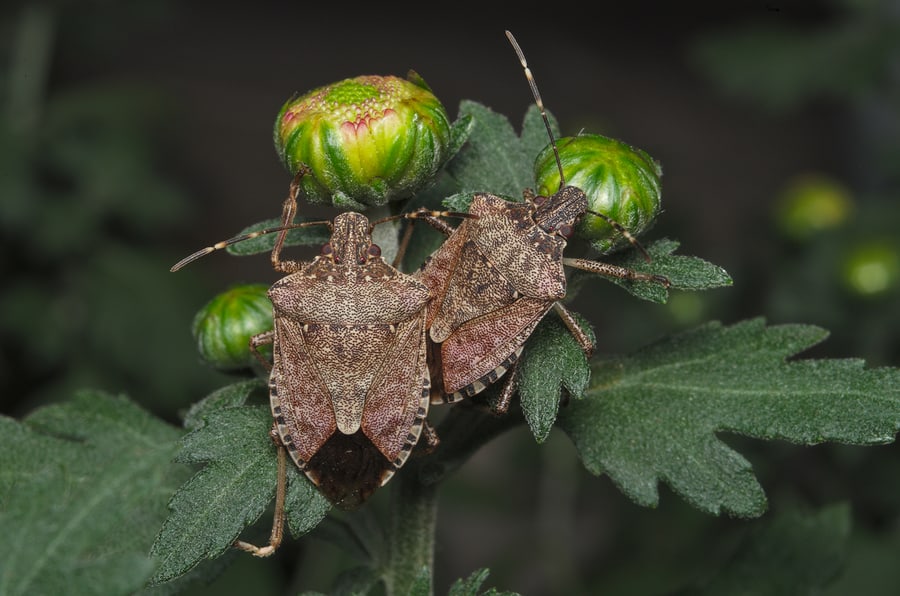
Noticing small, greenish-brown bugs congregating throughout the cracks of your home’s foundation or even inside your house? While many might identify these insects as stinkbugs, they might actually kudzu bugs! Kudzu bugs and brown marmorated stinkbugs are often confused with each other. While these pests do have some similarities, they are quite different from each other. Let’s breakdown how these insects are both alike and different!
How They’re Alike
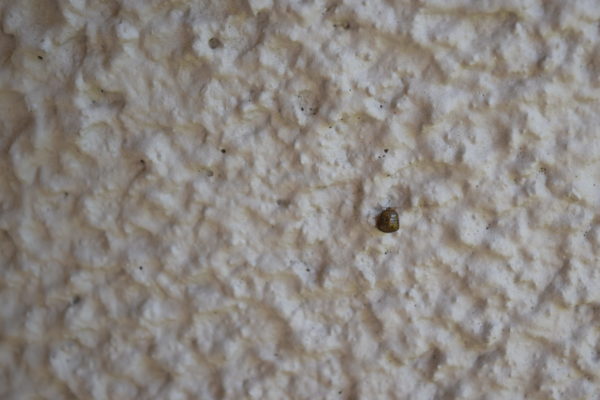
Kudzu Bug
Both stinkbugs and kudzu bugs are known to be a nuisance to all homeowners. Both are highly attracted to warmth and will enter homes to find a warm place to gather. When disturbed, both species will emit an alarming chemical defense against predators. When crushed, they release a very unpleasant odor from their bodies. Even worse, if several of these insects are crushed together, the smell left behind is extremely powerful.
How They’re Different

Stinkbug
A stinkbug’s shield-like body is around 1/2″ long and 1/2″ wide with shades of brown across its entire body. Their body size is a bit larger than a kudzu bug, with the kudzu’s measuring only 4 to 6 millimeters long. Kudzu bug bodies are olive green and brown, with a flat, squarish body shape.
Stinkbugs will typically feed off ornamental plants, fruit trees, legumes, and vegetables. The kudzu bug prefers to eat kudzu vines but will occasionally eat soybeans and most any other type of beans. While both stinkbugs and kudzu bugs utilize different types of food sources, both will destroy crops, making both species agricultural pests.
How to Prevent Them
If you notice either of these pests infesting your home, try some of these pest prevention tips below: